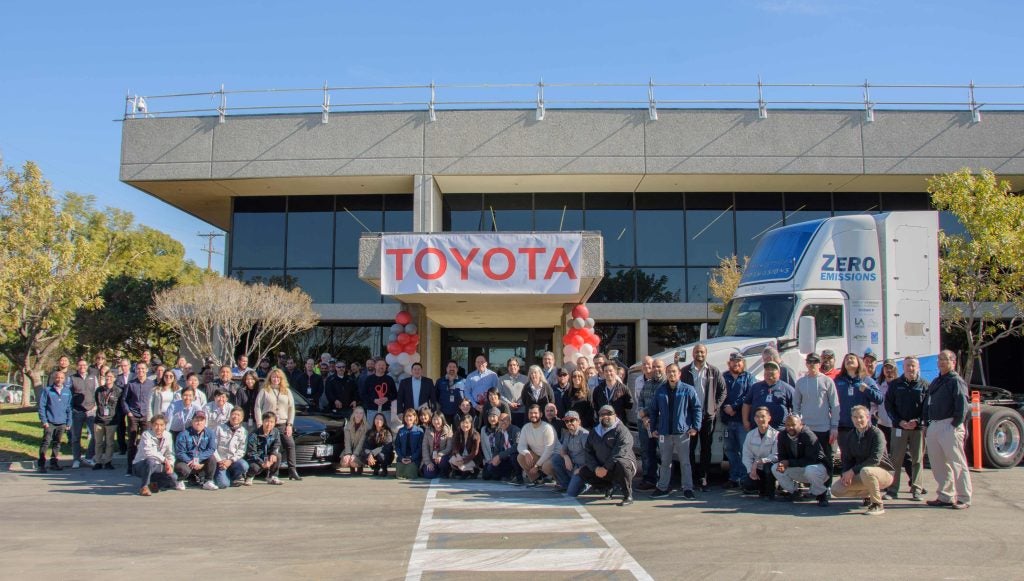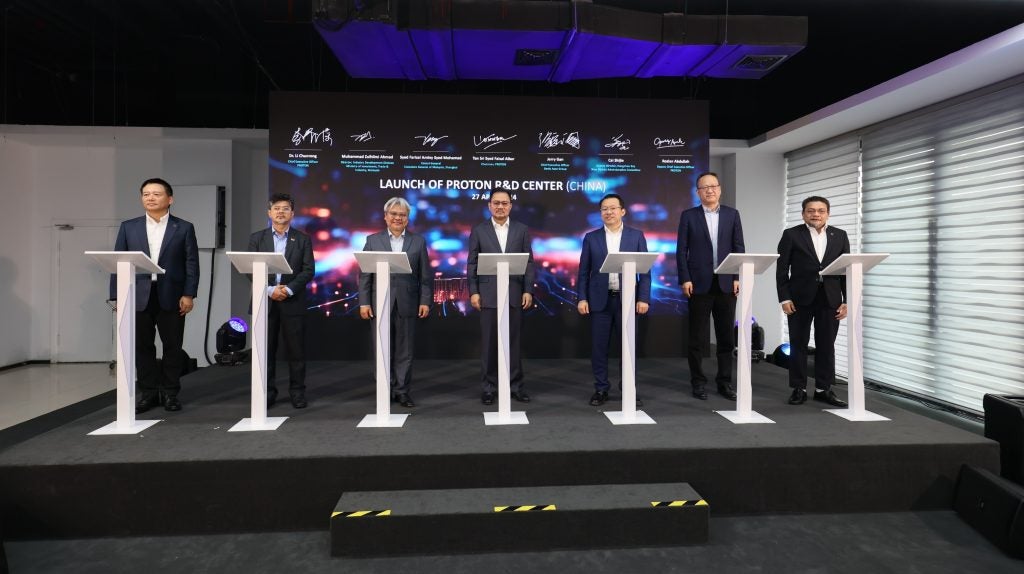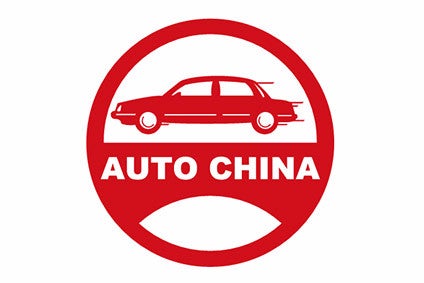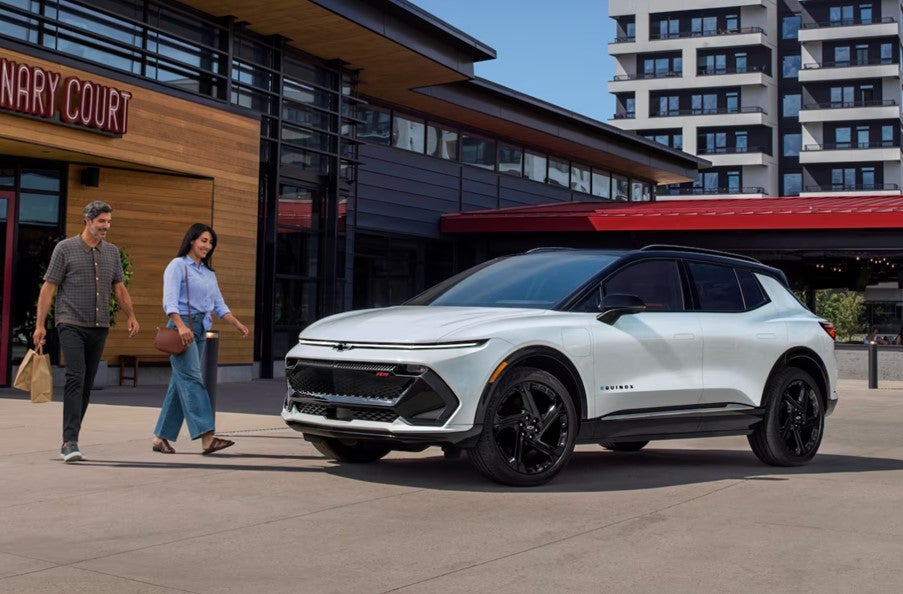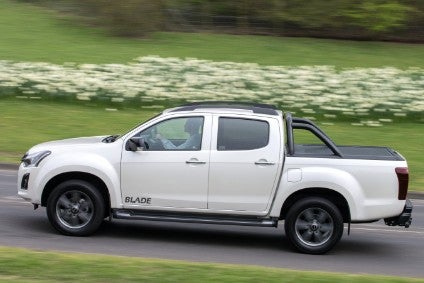
Suddenly, crew cab pick-ups seem to be everywhere. Mercedes-Benz and Renault are the latest brands to launch four-door ladder frame models, while Peugeot is co-developing its own model with Changan. Meanwhile, Isuzu continues to quietly update the D-Max, adding refinements and new variants, keeping this stalwart of the one-tonne segment competitive.
It might not be the newest entrant in its class but the D-Max has certainly gained a very strong following. And that’s not just in Britain either, with repeat business being the envy of other brands in many countries.
Isuzu is close to being a mainstream make in Australia, which is one of the world’s largest markets for passenger and LCV pick-ups. The brand even does well in China, a country where the Rumai-badged version of the D-Max has found itself a niche amongst the cheaper but sometimes less well made and dependable local brand equivalents.
The UK’s D-Max is built in Thailand at the IMCT (Isuzu Motors Company Thailand Limited) Gateway plant. Production of the current shape model has been taking place at Gateway since the fourth quarter of 2011. This vehicle is all but identical to the Chevrolet and Holden Colorados, which IMCT manufactures for the GM brands.
European-spec vehicles come from Thailand but the D-Max is also built in South Africa. This had until recently been via a JV with General Motors. After GMSA announced its withdrawal from local manufacturing, Isuzu stepped in and purchased the Struandale factory in Port Elizabeth so as to protect its own interests. The Japanese brand has a positive image in South Africa and taking over the plant made much sense for the firm.
“Isuzu Motors has purchased the Struandale plant in Port Elizabeth which belonged to General Motors and the remaining 30 per cent shareholding in the Isuzu Truck South Africa joint venture. Isuzu Motors, consolidated into one business now known as Isuzu Motors South Africa, became effective from January 2018 and will build Isuzu pick-ups and trucks,” a statement issued in February noted. The move saved 1,000 direct jobs and a further 3,000 in the supply chain, according to South Africa’s Department for Trade and Industry.
How well do you really know your competitors?
Access the most comprehensive Company Profiles on the market, powered by GlobalData. Save hours of research. Gain competitive edge.

Thank you!
Your download email will arrive shortly
Not ready to buy yet? Download a free sample
We are confident about the unique quality of our Company Profiles. However, we want you to make the most beneficial decision for your business, so we offer a free sample that you can download by submitting the below form
By GlobalDataIsuzu’s president, Masanori Katayama was on hand in Struandale as the official change of ownership took place. “This is the first commercial and light commercial vehicle manufacturing operation outside of Japan in which we have acquired a 100 per cent ownership”.
“We are represented in 30 countries outside of Japan and successfully operate 47 manufacturing plants in these countries with joint venture partners. Our decision with regards to South Africa demonstrates the confidence we have in this market and also is indicative of our longer-term view that South Africa will serve as an important base for our future growth on the African continent,” Katayama added.
The other facility which makes the D-Max is in India. The Sri City facility started operations in April 2016 with the local model called D-Max V-Cross. Production of the current pick-up at the three locations looks likely to continue into 2019, which is when the successor vehicle is due for release, at first only in Thailand.
Isuzu is going it alone for the next generation D-Max, having told the media in July 2016 that collaboration with GM on the development of midsize pick-up trucks made in Thailand had ceased. This came as something of a shock, not only because the companies had been long-time partners but due to their announcement in September 2014 that they would be co-developing a new generation of pick-ups.
Instead of building midsize Chevrolet and Holden pick-ups at Gateway, IMCT will instead supply a vehicle to Mazda. This will replace the BT-50 and it also means the end of the Mazda-Ford manufacturing JV (BT-50/Ranger) in Thailand. In the usually quiet and boring world of LCV production, this is all revolutionary stuff. It also sets Isuzu on course for a truly independent future. For the company to thrive, it will need more alliances such as the one with Mazda. Fortunately, with this size of pick-up becoming popular in so many countries, the CV and LCV specialist manufacturer might well find itself building such vehicles for brands other than Mazda.
Understanding how this small firm has been able to thrive even as General Motors cuts it loose can be explained by looking at the current D-Max. Everything about the vehicle says tough, rugged and long-lasting. That’s all well and good but it doesn’t necessarily guarantee success. Isuzu has a strong track record of refining its models and crucially, not leaving them on the market for as many years as some rivals do. Eight years seems to be about the maximum for an Isuzu vehicle’s production life.
The D-Max shouldn’t really be able to compete with the mighty and more modern Toyota Hilux and yet it does. One statistic helps to explain why: the previous Hilux was more than eleven years old by the time Toyota finally replaced it in 2015. The next D-Max is said to be on schedule for release in 2019, which means it will hit the global market as rivals are entering middle age.
Another factor in Isuzu’s success is offering a lot of choice to buyers. In many countries there are multiple engines: a 3.0-litre petrol, two 2.5-litre diesels and one 1.9-litre diesel. In Britain, the last of these is the sole engine. Recently updated, the RZ4E 1,898cc unit produces 164PS and 360Nm. The test model was fitted with a six-speed automatic gearbox and came in ‘Blade’ spec which includes black out treatment for the interior and can also be specified for the outside too if you fancy the full murdered out effect.
It might be now coming up for seven years old yet the D-Max keeps selling. That’s down to the strength of Isuzu’s image and a seemingly constant stream of new edition variants. Currently, the Blade is joined by basic utility LCVs plus the more profitable versions with names such as Eiger, Utah, Yukon, Arctic and Huntsman. There seems to always be a fresh edition being launched too, which has to be a major reason why Isuzu does well when technically, it really should be too small a brand to survive against the big boys.
The D-Max is fairly refined to drive and understandably a popular choice for those who need to tow. SsangYong is also in this lucrative niche of the British market, as is Mitsubishi Motors and there are clearly handsome returns available if the product is right. With the as-tested Blade priced from GBP28,999 and other variants stretching to as much as GBP44,640 it’s no wonder that even Mercedes-Benz has recently joined this segment of the market. More on that very soon.



